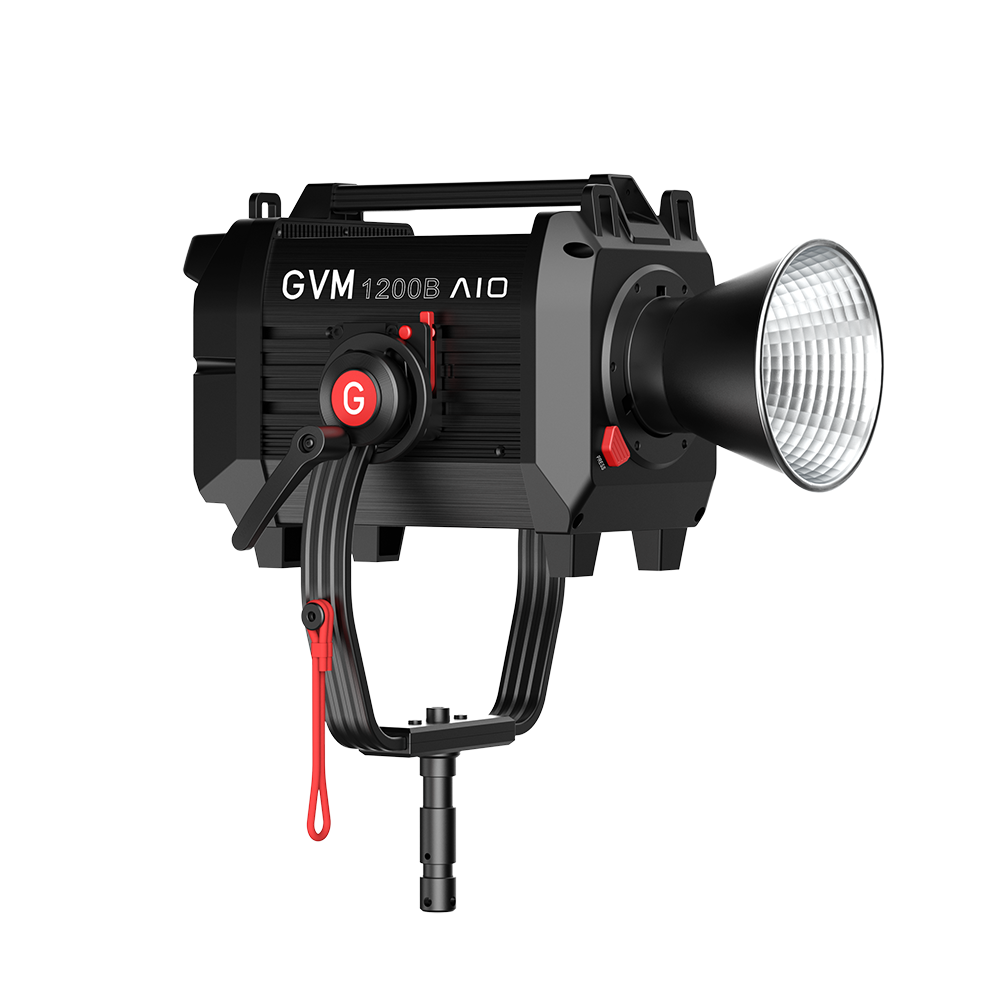Rembrandt-style lighting, depicting characters with light
In portrait photography, one of the most classic lighting techniques is Rembrandt lighting. By balancing the relationship between characters and the environment with light and shadow, form, space, etc., the works are more soulful and emotional, and more deeply rooted in the hearts of the people.
Origin of Rembrandt lighting
Rembrandt Harmenszoon van Rijn is a world-famous Dutch painter, and he is also one of the representative painters of European Baroque Reply Art. He was born in 1606 and died in 1669. In the era of his life, after 200 years, the art of photography was born. The Rembrandt light of modern capricious photography comes from his paintings. Rembrandt is very good at using light in his paintings. The light used in his characters always makes the faces of the characters form a contrast of light and dark, which well portrays the emotions of the characters. The portrait style is always dramatic and has a moving effect.
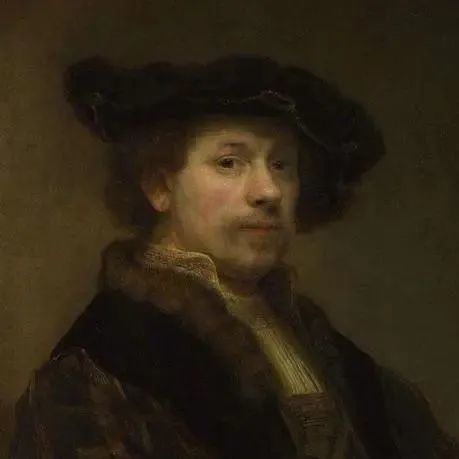
Characteristics of Rembrandt’s paintings
The part of the front face of the character forms a triangular light spot, and the shadow of the eyebrows and nose forms an “L” shape, which outlines the three-dimensional effect of the eye socket and nose. Throughout the face, the large area of light and dark contrast makes the face more three-dimensional and has a stronger sense of lines. There is darkness in the light, and the famous in the dark. The bright parts of the face also have shadows at the brow bone and eye sockets, and the shadow parts are also contrasted by the bright parts of the triangular light spot. In his paintings, dark colors are often used as backgrounds for figures, while light is used to enhance the main parts, and the dark backgrounds are used to weaken the secondary parts. In this way, the primary and secondary are distinct, and the overall picture gives a low-key mystery.
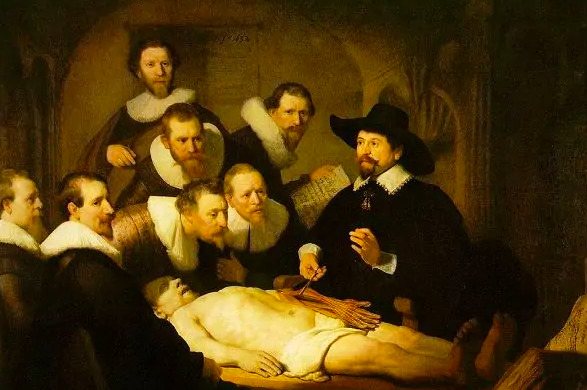

Rembrandt lighting
Rembrandt-style lighting technology can divide the subject’s face into two, and make the sides of the face look different. It is a special lighting technology for shooting portraits. The lighting effect can also be adjusted arbitrarily with auxiliary light according to the photographer’s wishes.


While the high-contrast forms of Rembrandt-style lighting are of interest, the appropriate use of reflectors and fill light to minimize contrast can achieve the effect of enhancing the entire portrait, resulting in something extraordinary. Generally, the use of Rembrandt light requires two lamps for lighting, and after improvement, a third lamp is used to adjust the contrast. It reflects some light to the unlit side of the face. The hair light, on the other hand, shoots light through the reflector onto the subject’s face, weakening the apparent Rembrandt triangle and brightening the overall tone of the portrait. The background light is used to brighten the background.



When shooting, set a light on the back side of the subject and adjust its angle so that the Rembrandt triangle light is projected on the dark side of the subject’s face. Then set a soft light on the front of the subject, directly facing the bright side of the subject’s face. It illuminates the subject’s face and adds depth, but the triangle-shaped bright areas are still noticeable. Try to get the subject to turn his head until the Rembrandt’s Triangle light hits his cheek just right. Remember to check the background at the end to see if the hair lights will leave highlights on the background and cause vignetting in the camera lens.
Rembrandt lights in those movies


In Wong Kar Wai’s film 《The Grandmaster》, this lighting method is used extensively.
The emotions of the characters in the picture are full, and the eyes of the protagonist become deep, as if telling a story.
Rembrandt lighting has become a “required course” for portrait photographers, and this lighting method is timeless and still used today. In modern photography, Rembrandt light is not static in the end. Depending on the shooting angle and the angle of the main light, it can change the form of Rembrandt light such as left and right, width and narrowness. It uses light and shade uniquely and flexibly handles light and dark light in complex pictures.

300W Bi-Color LED Spotlight
This LED Spotlight is up to 300W.
It is also equipped with a standard lampshade.
After installation, it can avoid excess light and make
the light more concentrated. Custom control fills the light
allowing you to easily and easily shoot the desired results
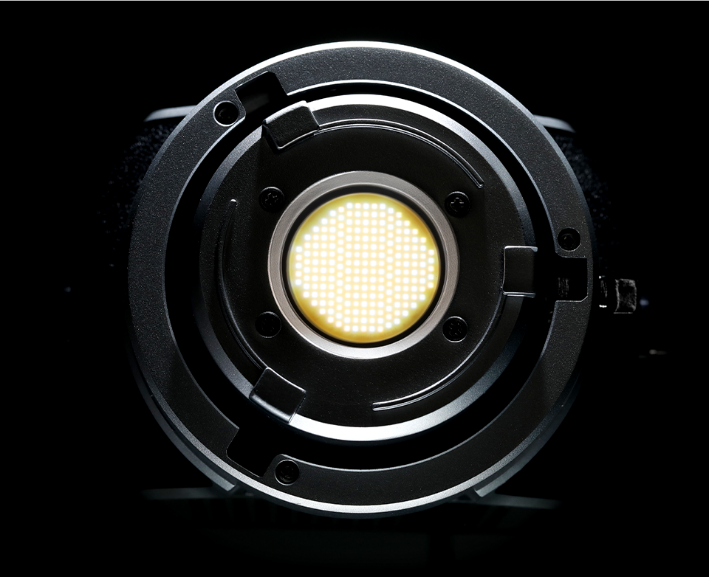
COB Bead
It has a high color render index CRI 97+ COB lamp bead.It helps
to restore the color of objects and provides you with natural
and vivid shooting effects.
The light source is closer to the natural point light source
and has stronger beam penetration.
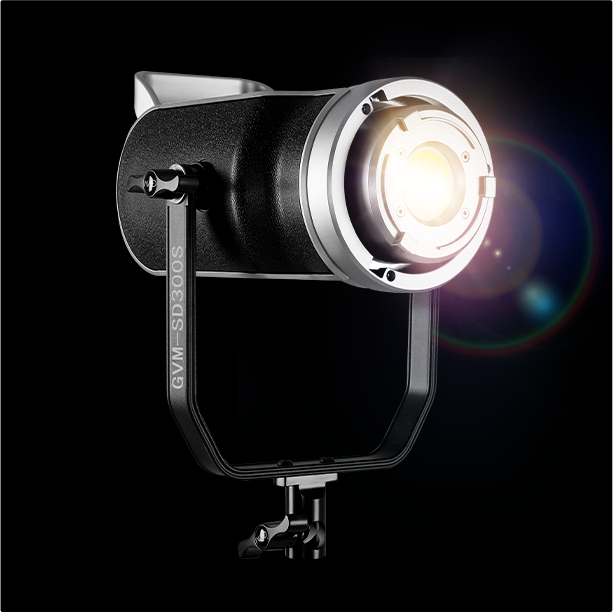
High quality two-color temperature lamp beads
GVM-SD300D has a wider color temperature range than traditional spotlights, and the dual color temperature between 2700K and 7500K is infinitely controlled, giving you more creative space. Daytime, dusk and snow scene lighting simulation, creating the most natural light CRI 97+ restores beautiful personality and restores more realistic colors. Make the picture more vivid, the color of the characters more realistic, and the quality of the light and shadow. Cool and warm two-color mode, make your work more colorful and imaginative, and help you make creative videos easily.

